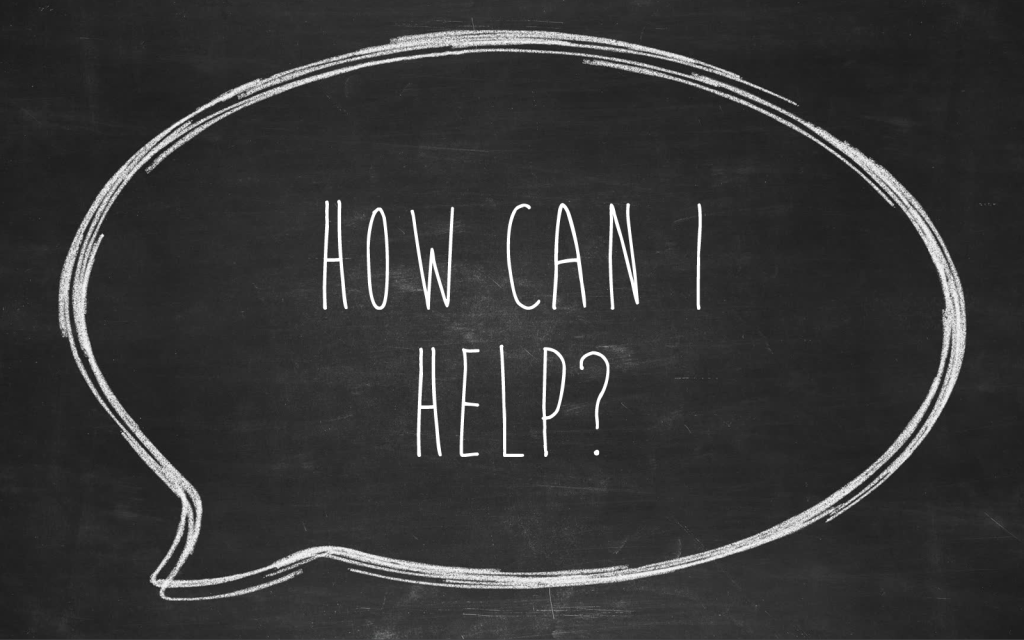Aug 18, 2015
Customer Service in Conflict Situations
James Lloyd knows a lot about satisfied — and dissatisfied — customers. The former church minister and present-day master customer service trainer has worked with customer service teams in all manner of industries, from banks, to airlines, to hospitals, and even the Olympic games. With a proven track record for diffusing complaints and reversing them into happy customers, which lead to company profits, Jim is uniquely qualified to understand what it takes to relieve customer tensions. We recently spoke with him over the phone about strategies on turning customer conflict situations into a successful, loyalty-building interactions.
#1. Apologize. When a customer complains, a sincere apology is the most important thing to remember. If you aren’t equipped to handle the situation but another team member is, apologize first and foremost before deferring to another employee — let the customer know that their grievance is heard. In a complaint, “what the customer wants is at least an acknowledgement that what they’re saying is legitimate” Lloyd says. By showing sympathy, the simple act of apologizing can go a long way in acknowledging that.
The customer has a perspective that needs to be respected. “The customer is not always right — the customer is frequently wrong — but the customer has a perspective that needs to be respected,” Lloyd said. If a customer called with a complaint and hasn’t heard back after three days, for example, addressing their complaint with words like, “You are right to be upset about that; that’s a long time to wait, and I would be upset too,” legitimizes their concern and lets them know they’re heard. If a customer is particularly upset or swearing, notice it, and say so: “I can tell how upset you are, my friend; I’m going to get to the bottom of this.” It’s the quickest way to calm an irate customer’s anger. If you handle it calmly, acknowledge their complaint, and assure them you will look into the matter (and do), it’s likely they will be the ones to apologize to you by conversation’s end.
#2. Balance the human level and the professional level. By emphasizing productivity, businesses often forget the importance of human connection when it comes to customer service. Abandon the scripts (a huge mistake for customer service, Lloyd says), and treat the customer on the end as they are: a person. “Begin and exit on the human level,” Lloyd says. Don’t resort to throwaway or impersonal phrases like “Have a nice day” — exit by referring to something you learned in the conversation. Doing this shows you were actually listening to the person, and you acknowledge their humanity.
Lloyd worked with a call center in Dallas who were seeking to reduce the length of customer complaint calls from five minutes to three minutes. His strategy? Add more words. “If you don’t address what they’re complaining about on the human level, they keep going. As soon as they notice that you picked up on it they call down,” he said. The company reduced their call length to three and a half minutes, and kept more customers, too.
Lloyd also recommends employing escalated concern. If a customer expresses dismay, share it; show your surprise and shock. This will demonstrate that the incident is a rarity for the company, and that this is not how it should happen.
Customers give clues to how much human they want, Lloyd says. If a customer is in a rush, don’t overdo it with the personalization; get quick to the business.
#3. Treating customers well starts with treating employees well. Companies often expect a higher degree of customer service out of their employees than the employees themselves receive at their company, Lloyd said. The companies with the best customer service (like Southwest, who consistently rank highest among airlines in customer service) have a strong, employee-centric internal culture. Companies like Southwest, he said, don’t just teach their employees to be nice to customers; they treat their employees as special as their customers.
The key tenets that factor in to good customer service — listening to and acknowledging the complaints, and asking how the service could be improved — has to happen internally if it’s going to happen externally. Companies would do well to sit down and hear out employee concerns, or issue employee satisfaction surveys.
On that note, managers need to be the ones to be taught good customer service skills, and not just the customer service reps they manage. A manager who deals kindly and compassionately with his or her employees will see big results. When he worked with a Blue Cross call center to raise their customer service scores, for example, Lloyd chose to teach customer service skills at the managerial level. The managers treated the reps better, and in turn the reps stayed longer: the turnover rate went, in one year, from 39% to 11%, and down again to 10% the following year, saving the company $4 million through retention.
Keeping the team on board means keeping customers, too — how likely are they going to stay if every time they call, they have to deal with a new customer service rep because the last one left?
#4. Empower your employees. Employee empowerment is a very powerful way to deal with a disgruntled customer. Few things reduce an employee’s sense of importance than giving all the customer service control to a supervisor. Lloyd brings up the all too common scenario of an employee unable to resolve a complaint because he or she cannot make an exception to a rule, only to hand the situation over to a supervisor, who can make the exception without a problem. “The rep is sitting there going, if you can do it so easy, why am I saying no, and why not let me say yes? Situations like that are way too rampant,” he said. “If you can empower the employees to decide what needs to be done to make it right and let them to be the one to do so, that’s when magical things happen.”
Lloyd mentions one of his clients, a LA hospital, where any level of employee — doctor, nurse’s assistant, janitor, cafeteria worker — is authorized to field and handle a complaint. If an employee is granted the authority to handle as situation as he/she sees fit, it builds employee loyalty by entrusting in their personality and decision-making.
#5. QTIP – Quit Taking It Personally. When a customer gets verbally abusive, don’t take it personally. More often than not, you are on the receiving end of an angry tirade that has little to do with you. Give them that human level — show your concern and be sympathetic.
And by all means, if an interaction goes badly, don’t acknowledge worse mistakes your company may have done. “If a customer says, I sent that fax in four times, and I’ve not had a response, and you say, ‘Oh really? Some people have to send it in six or seven times,’ it’s signaling: You think we’re bad? We’re a lot worse than that.”
The content writers at BigSpeak Speakers Bureau are Experts on the Experts. They hold doctoral, masters, and bachelors’ degrees in business, writing, literature, and education. Their business thought pieces are published regularly in leading business publications. Working in close association with the top business, entrepreneur, and motivational speakers, BigSpeak content writers are at the forefront of industry trends and research.
Speaker
Tags

 James Lloyd
James Lloyd